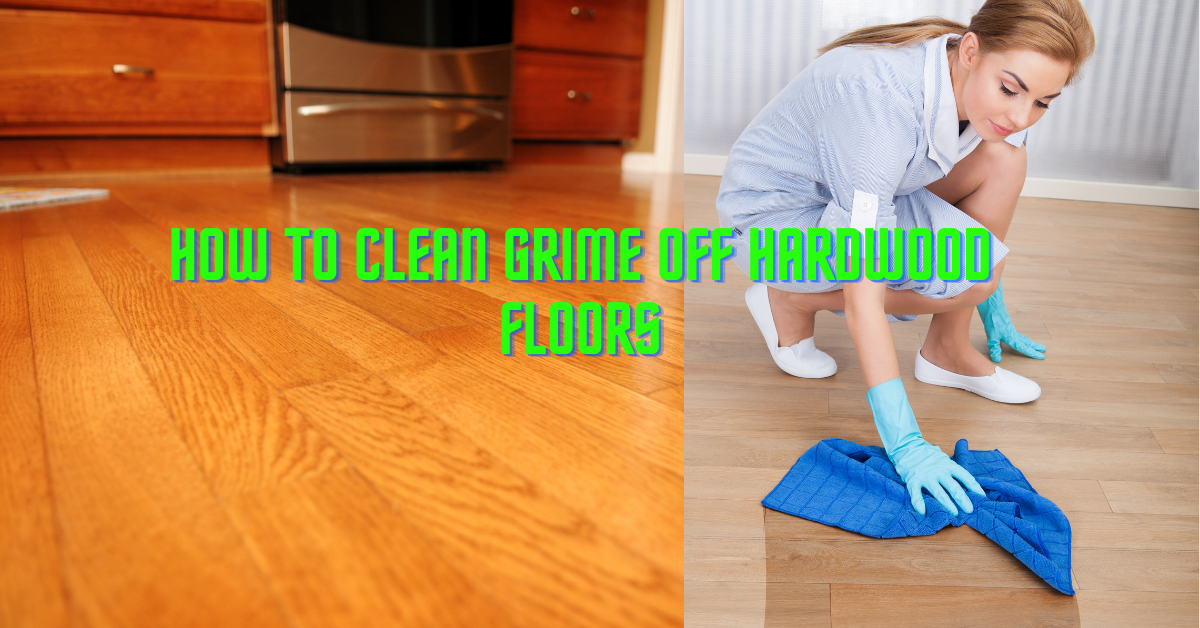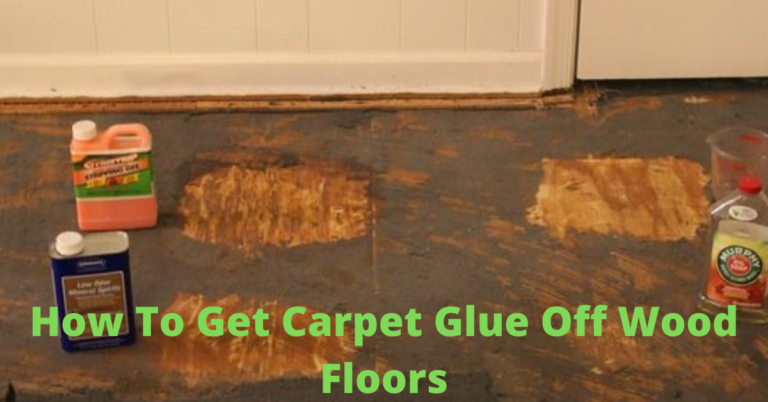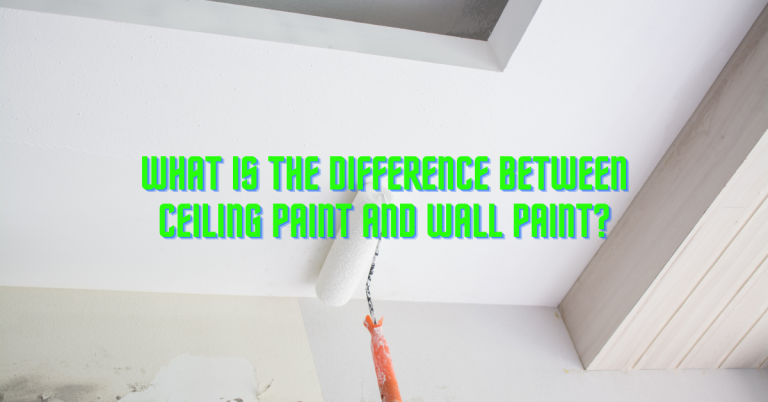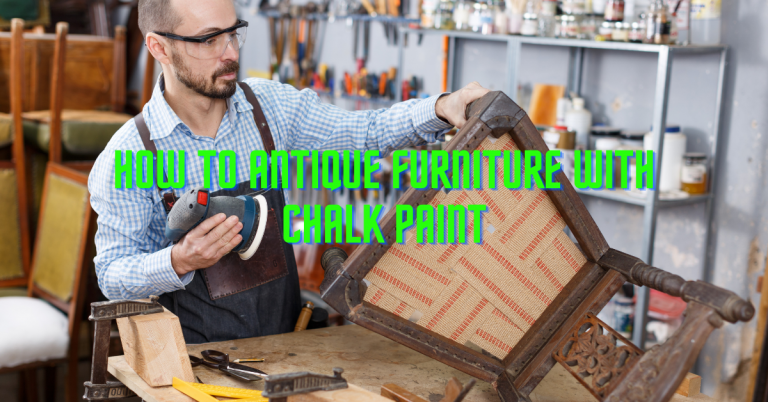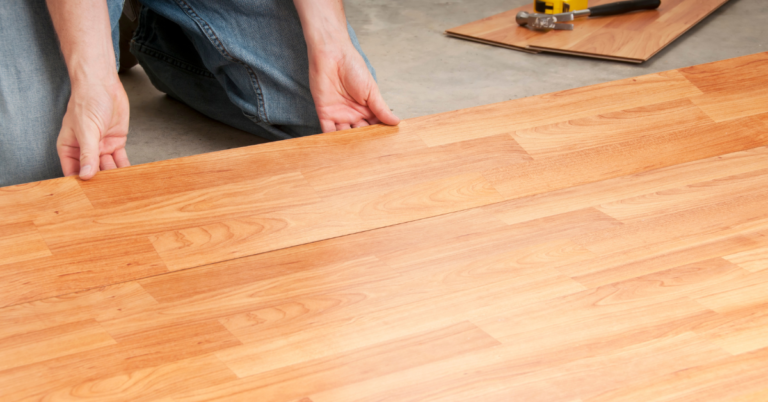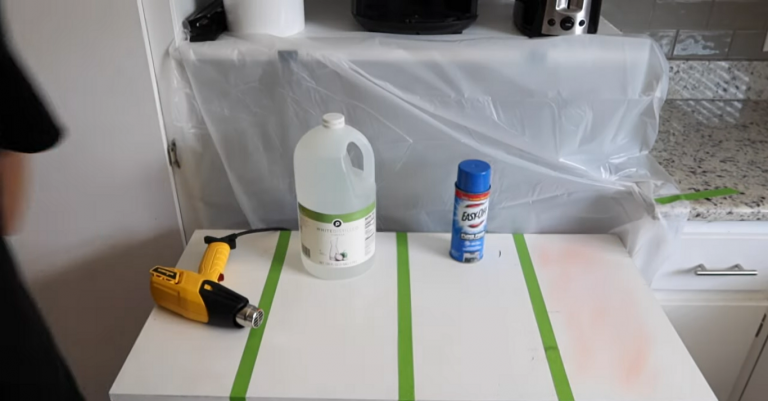How To Clean Grime Off Hardwood Floors
Hardwood floors are beautiful. They are used in quite a number of homes to provide durable flooring that lasts for a very long period of time when given adequate cleaning attention. These floors are also classic, they never go out of style and as such, keep adding value to your home. Hardwood floors usually are coated with surface finishes that contain wax, oil, varnish, or polyurethane so as to add shine.
However, frequent foot traffic gives room for dirt and grime accumulation on the hardwood which causes the floor to appear dingy. You need to know how to clean grime off hardwood floors for proper maintenance to prevent debris and grime from scratching and causing dents to the wood.
When the floors become extremely dirty, there are some certain solutions that are quite effective at cleaning the wood. If you’re wondering how to clean grime off hardwood floors, then you’re sure in the right place. Let’s get into it already!

Getting rid of grime from hardwood floors.
- Figure out the kind of finish your floor has.
We have two main types of hardwood finishes and they are Surface finishes and penetrating finishes.
i. Surface finishes
Surface finishes such as urethane and polyurethane actually form a protective, waterproof barrier on the floor surface. When liquids get in contact with surface finishes, they tend to pool, rather than penetrate the wood. As a matter of fact, it is safe to use water and water-based cleaning products on surface finishes.
ii. Penetrating finishes
Penetrating finishes such as tung oil or linseed, soak through the surface of hardwood floors and are usually topped with a wax coat for added sheen. These finishes absorb water easily and water can warp wood floors.
Only solvent-based cleaning products instead of water-based ones should be used on floors with penetrating finishes.
Meanwhile, the easiest means of figuring out if a floor has a surface finish or not, is to take a sharp knife blade to a small, hidden area of the floor and get a tiny amount of finish scraped. If you observe the scraped material to be a clear one, then your floor probably has a surface finish. However, if scraping the floor finish smudges it, and no clear material comes away, the floor likely has a penetrating finish.
- Vacuum the floor
To get rid of dirt, light dust, scuffs and grime from your hardwood floor, try to get your floor cleaned. This process actually works on floors with either surface or penetrating finishes.
The best mop that’d handle this job perfectly is usually one with a large, flat head affixed with a microfiber cloth pad such as the Swiffer Sweeper. This is because these mops have pads with tiny synthetic fibers that gets into the grooves of wood floors in order to pick up and hold dust without having to scratch the wood.
And if you’d prefer to sweep instead of mop, then get a broom with synthetic fiber ends, to help trap collected dust in the broom head and prevent it from resetting on the floor.
- Get rid of food stains
Carefully insert the tip of a plastic knife under the lower edge of the debris and slide the knife gently upward to remove caked-on food. Then, rub the scraped spot with a clean cloth slightly dampened with a few drops of water while you make a second pass with a dry cloth to dab up the water.
Peradventure using this technique with a small section of wax coat on a penetrating finish floor gets stripped by the knife, use a soft cloth to reapply a dollop of the hardwood floor wax to the area, while buffing it in to render the area shiny and spotless.
- Use TSP to deal with oil stains.
When oil and grease stains on floor with surface or penetrating finishes are exposed to Trisodium phosphate(TSP), they tend to break down easily.
Dilute in a bucket, 2 tablespoons of TSP with one gallon of warm water and dip the tip of a clean cloth into the solution, while you use gentle circular motions to work it into the stains. Once the TSP has dissolved it, run a water-dampened cloth over the area so as to sop up the TSP, then dry the area quickly with a clean cloth.
- Ice out the wax
You can easily use ice to remove crayon marks, chewing gum and dried candle wax on hardwood floors with surface or penetrating finishes. Get a Ziploc freezer bag and fill with few ice cubes. Place the chilled bag over the build-up until it becomes brittle and scrape it off with the edge of a plastic spatula.
If it happens that the spatula removes the protective wax from a floor with a penetrating finish, use a soft cloth to apply a solvent-based hardwood floor wax onto the scraped area and buff it into the repaired area with the cloth.
- Carefully scrub any form of stain
Some of the most stubborn stains are those spots left by ink, water or pet urine. However, follow the steps below using appropriate hardwood floor cleaners and a scouring pad specifically designed for penetrating finishes, to tackle these stains for floors with penetrating finishes.
- Remove spot from floors with penetrating finishes by sanding the stain lightly with extra-fine sandpaper.
- Scrub gently with a coarser “00” grade steel wool wet with mineral spirits.
- Thereafter you wipe the mineral spirits away with a damp cloth while you use a dry cloth to remove the water.
- Lastly, use a soft cloth to apply a solvent-based hardwood floor wax to the scrubbed area and buff it in to restore its shine.
- Use a quality hardwood floor cleaner to deep clean the floor.

Remember the hardwood floor cleaner that’d work best for your floors actually depends on the floor’s finish.
If after dusting, a surface-finished hardwood floor still looks dull, then you may need to deep clean it with any wax-free, PH-neutral and petroleum-free cleaners, such as Bona PowerPlus hardwood floor deep cleaner, or a homemade solution comprising 1/4 cup of dish soap as well as a gallon of warm water.
To mop wood floors with a surface finish, start by saturating a sponge mop with the cleaner and wring out the excess liquid until the mop head is damp but not dripping. Then, mop 3-foot sections of the floor at a time using a circular motion to get the dirt and grime off.
Thereafter you rinse the mop in clean water and wring the excess. Damp-mop the floor again so as to soak up the lingering cleaner.
If your floor has a penetrating finish, the best way to deep clean it is to strip away the grimy old wax coat and reapply a fresh wax coat.
So, get a clean cloth saturated in mineral spirits over 2-foot sections of the floor at a time, allowing the mineral spirits to dwell for 5 minutes on each section before wiping it away with another clean cloth slightly dampened with water. Then, thoroughly dry with a fresh, dry piece.
Finally, use a soft cloth to apply a solvent-based hardwood floor wax such as Trewax paste wax according to the manufacturer’s instructions. Then, use the cloth or maybe an electric polish to buff the wax in circular motions, while polishing in 2-sections at a time.
You really want to perform this appropriate deep cleaning routine on a bi-annual basis whether or not you notice grimy build-up. It’s quite difficult to observe gradual changes on a floor especially if it’s one you walk on every day. However, when cleaned, you may be impressed by the difference.
Also Read: Best water-based polyurethane for furniture
Preventing grime build-up on your floors.
Having grime build-up prevented on your floor is quite an easy thing to do and it’d save you the stress of deep cleaner often.
Ensure you sweep your floor regularly so as to prevent dirt from settling into your hardwoods.
If you’re the type that has pets in their possession or have heavy foot traffic, then you may need to vacuum daily.
Lastly, clean up spills as soon as possible and have your floors mopped as needed.
Conclusion: How To Clean Grime Off Hardwood Floors
Getting grime removed from your floors is relatively easy. Although it may require some elbow grease and you may need to mop more than once, regardless, getting your floors cleaned is something that can be done by one’s self with minimal cleaning tools.
However, ensure to determine the type of finish on the floor before you proceed to clean your hardwood floor. Because the type of floor finish determines the kind of cleaner and the method that’d help do justice to the floor safely.

